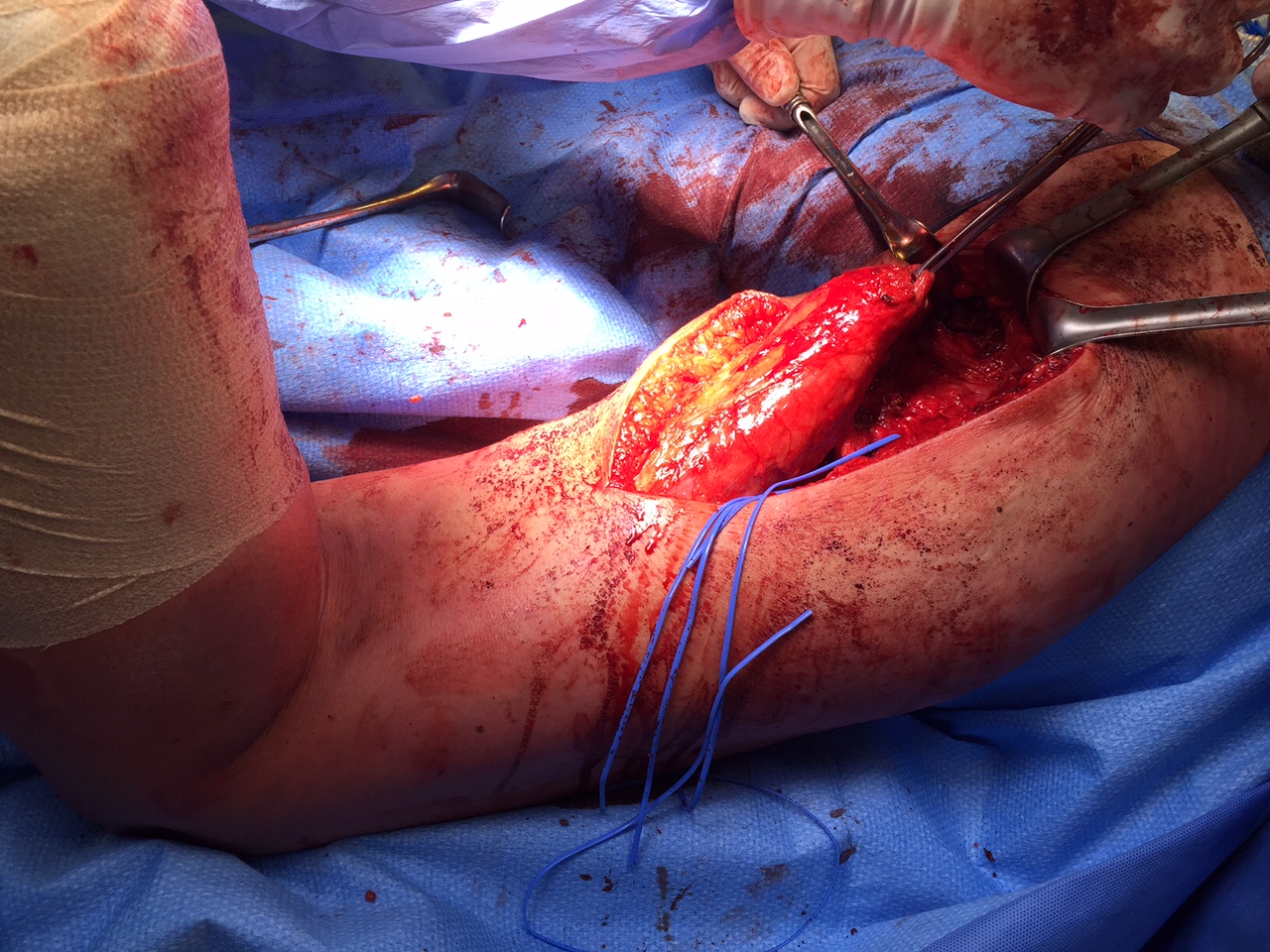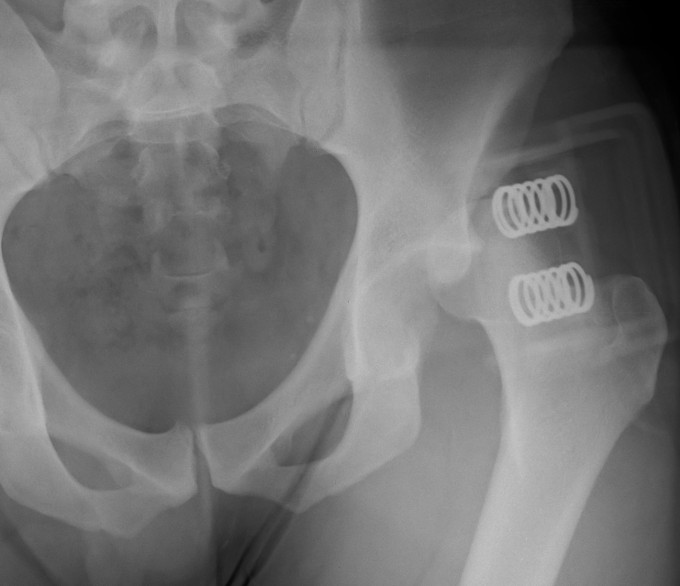Proximal hamstring avulsions
Epidemiology
Adolescent apophyseal avulsion
- treat non operatively
- unless displaced > 2 cm
Adult
- soft tissue avulsion
Aetiology
Usually associated with sporting activities
- skiing
- water skiing
Violent contraction
- knee extended
- hip flexing
Anatomy



